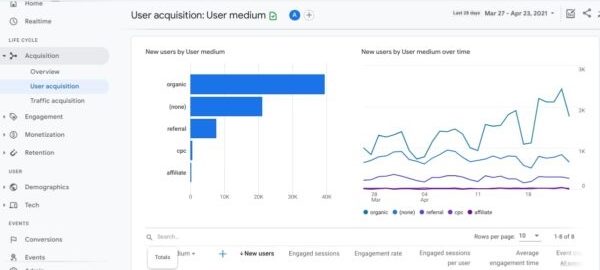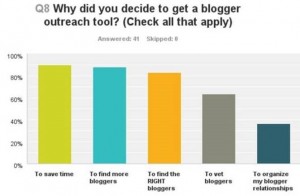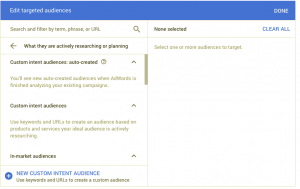You already realize that it’s important to track and measure your website traffic, and that Google Analytics is one of the more popular web analytics tools in the market. In October 2020, Google introduced what was previously Google Analytics App + Web as Google Analytics 4, the most up-to-date version of Google Analytics.
When you go to create a Google Analytics account or property, Google Analytics 4 is now the default version offered. You can still install Universal Analytics, which is the version that most users still probably have installed right now, but the option is kind of hidden.
Still, it’s not a bad idea to install both Google Analytics 4 and Universal Analytics, and run them in parallel, especially if you’re used to Universal Analytics. Plus, you should keep your existing version of Universal Analytics as Google continues to develop and update Google Analytics 4. This’ll give you some time to get used to the new solution.
New Data Model For Google Analytics 4
Universal Analytics uses a session-based model with various hit types. Data is sent in the form of pageview hits and event hits, with some basic eCommerce data sent as transaction hits.
Google Analytics 4 uses an event-based model, adopted from Firebase, which is Google’s platform for mobile and web app development. Each event is distinguished with the event_name parameter, with additional parameters to describe the event.
Google Analytics 4’s New Reporting Format

They’ve made it a little bit easier to access key reports. For example, in Google Analytics 4, it’s one less click to view the user acquisition report by channel compared to Universal Analytics. Additionally, Google Analytics 4 also provides you with better visualizations for many reports.
In Universal Analytics, the standard was the big line chart over time with a data table beneath it.
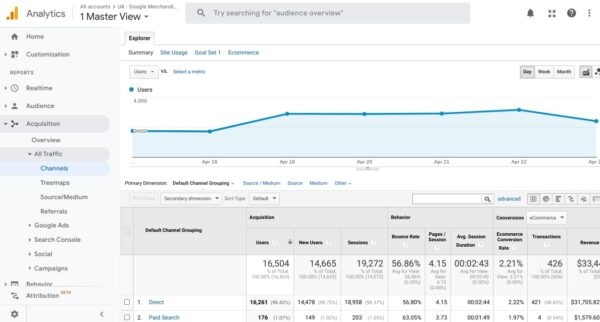
Now, we can see how the traffic from each channel trends over the timeframe without adding segments for each channel each time you view the report. That means you don’t have to create a separate report in Data Studio either unless you want to share with those who don’t really use or don’t have access to Google Analytics.
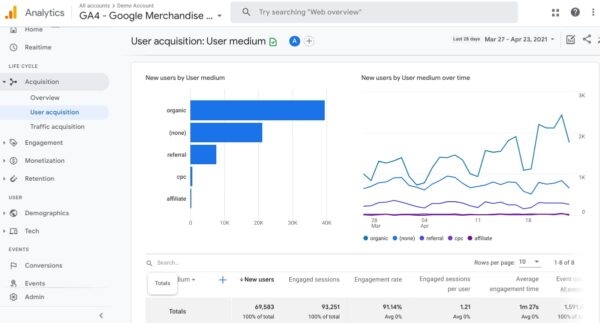
Installing Google Analytics 4
There are several ways you can install Google Analytics 4.
Installing Google Analytics 4 Directly in Your Website Code
You can install it directly in the website HTML code if you’re creating a new account.
Installing Google Analytics 4 with an Existing UA Account
If you already have an existing Universal Analytics account, you can make a few changes to start sending data to a Google Analytics 4 property.
Installing Google Analytics 4 with Google Tag Manager
If you prefer to use Google Tag Manager, you can take advantage of the Google Analytics 4 Configuration tag type.
Connected Site Tags to Send Data to Both Google Analytics 4 & UA Properties
Connected site tags is a feature in Google Analytics that allows you to easily send data to a Google Analytics 4 property without touching code or any tags in Google Tag Manager. You must already have gtag.js on your website.
Conclusion
We don’t have a timeline as to when Google will sunset Universal Analytics but their resources for developing new Analytics features are focused on Google Analytics 4. Take a look at the videos above to see how to install Google Analytics 4 and run both versions of Google Analytics in parallel.
This article originally appeared on Growth Learner and has been republished with permission.
Digital & Social Articles on Business 2 Community
(56)
